Are you passionate about Siberian Husky? Whether you have adopted one into your family or are simply love watching YouTube videos of these fantastic beasts, you might want to know more about this fascinating breed. If so, you’re in the right place. Here are 10 things you didn’t know about Husky dogs to help you better understand their place in canine history.
We’ll also show you a little about their behavior, how they interact with their environment and why they are such heroic dogs. Keep reading to learn more.
1. They are close to being wolves
If you have ever looked at our article on the 10 dog breeds that look like wolves, you will know that the Siberian Husky is high up on this list. You can tell by looking at them that they closely resemble this wild counterpart. You see it in their pointed ears, penetrating eyes and pronounced snout. We should point out, however, that dogs are unlikely to have derived from wolves. According to a 2014 study, it is likely they both came from a common ancestor somewhere between 9,000 and 34,000 years ago.
Despite the Siberian Husky’s similar appearance, they are smaller than their wild wolf cousins. They measure around 56 to 60 cm at the withers, while the wolf in the wild is more likely to reach around 80 to 85 cm.
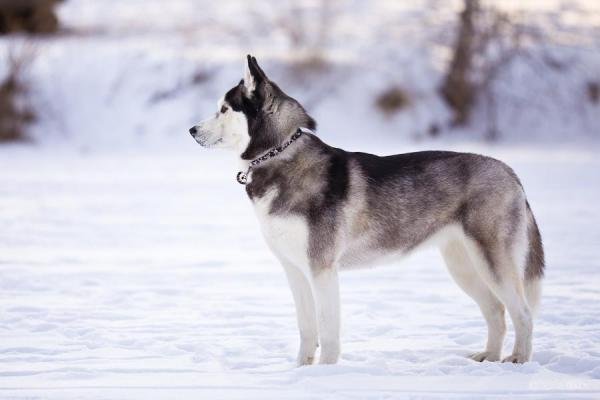
2. They can have two different colored eyes
Owing to a benign genetic condition known as ‘heterochromia’, Siberian Husky can often be found with two different colored eyes. This is a hereditary trait which gives them an incredible look, especially as one of these eyes is usually an incredible blue color. This occurs in other animals and is also a trait found in humans.
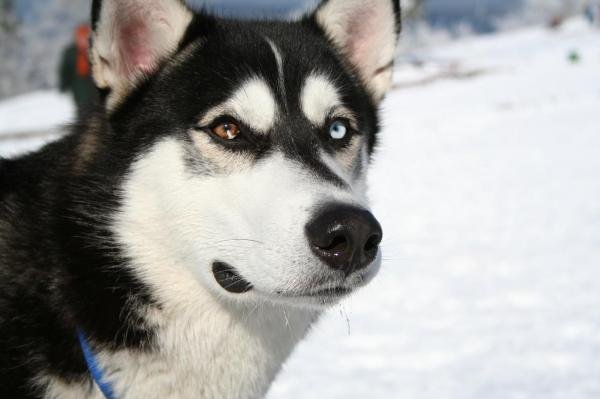
3. They can adapt to any environment
The husky, as you may know, is a dog which can adapt without problem to cold and icy climates. Its thick fur is a testimony to their endurance in the country of their namesake. Surprisingly, the Siberian Husky is also able to adapt to more temperate climates, unlike other Nordic dogs such as the Alaskan Malamute. These latter dogs often suffer unbearably in heat.
The Husky sheds its coat twice a year, once between spring and summer and another between autumn and winter. However, hair shedding can also occur between these two periods, although always in small quantities. If you see your Husky losing a lot of hair very quickly, especially if not during shedding season, then it is advisable you take them to the vet to rule out an underlying health problem.
4. Their vocalization ability is unique
The Husky is an especially talkative dog with the ability to emit an incredible range of sounds. Their howling is particularly noticeable as it can be heard up to 15 km away. Some Huskies even seem to sing, whine or even talk, although it is very uncommon for them to bark.
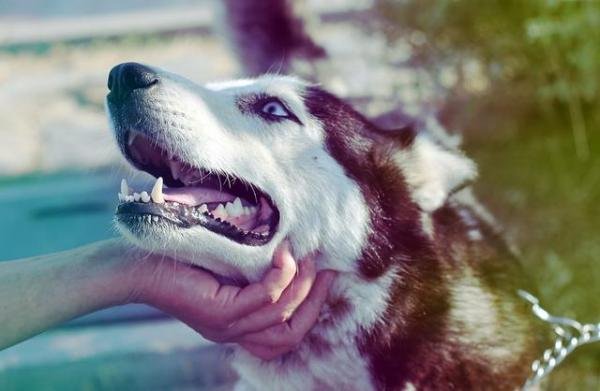
5. Huskies are one of the oldest dogs in the world
The Husky was raised by the Chuckchi tribe in northern Siberia, a people located close to the Eskimo people. Although these dogs fulfilled certain work related functions, such as pulling sledges, they were also very important members of the community. They would sleep in the same bed as women and children for both warmth and protection against intruders and wild animals.
A recent study which analyzed the genetics of more than 161 domesticated dogs found that the Siberian Husky is the 4th oldest dog in the world.
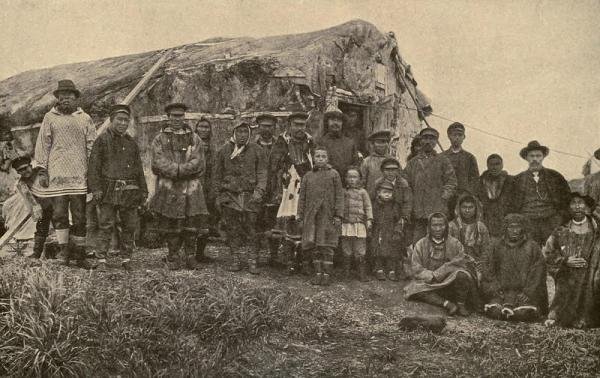
6. The snow dog
It’s no secret that Huskies love snow. Virtually all individual Siberians have some interest in it, undoubtedly due to the important part it played in their heritage. Perhaps it is for similar reasons they are so attracted to water and falling leaves in autumn.
7. Huskies were born to run
Alongside the Chuckchi tribe, the Husky worked as sled dogs. They carried food and supplies from one place to another, but, contrary to popular belief, they were not often used to transport people in these early days. They were chosen to carry out these special tasks for various reasons, such as their resistance to cold and their ability to survive well on long journeys. The sled was pulled by a score of dogs, each one with their own personal role in the team.

8. They fit with different types of family
YouTube is full of cute and funny videos of Huskies having fun, but why are they so popular? They are undoubtedly am excellent playmate for children, a great member of any hiking team and a sensitive and intelligent dog on a daily basis. Its character is unique and can vary. It is important you keep this dog mentally stimulated and offer vairous forms of entertainment to ensure they don’t grow bored.
The breed is only ranked 77th on Stanley Coren’s list of intelligent dogs, but this is more to do with its stubbornness and difficulty to train. They exude joy and curiosity, so you need to ensure you have the right level of discipline and motivation to keep these dogs engaged.
9. Is the Husky a war dog?
If we think of war dogs, the first breed which comes to mind may be the German Shepherd. They were used as a messenger, rescue dog and even as mine detectors. However, the Siberian Husky stands out as a heroic dog employed during WWII as it carried out many transport and communication tasks.

10. Balto: an unprecedented hero
One of the most stand out dogs of this breed by far is Balto, a mixed Siberian Husky breed. This is such a notable dog that a Spielberg produced film was produced in 1995 with two sequels to follow some years later.
The story begins in 1925 when a large number of children in the village of Nome, Alaska contracted diphtheria. Faced with the impossibility of being brought to the medicine, a group of men and their dogs decided to undertake the dangerous journey to save the lives of the town’s children.
Some men and dogs died, including guide dogs. Balto, however, was the one who took charge of the race and, despite not having any previous experience in the role, became the pack leader. Fortunately, after five and a half days, they arrived at their destination. The dogs were hailed as heroes and appeared in newspaper stories across the country
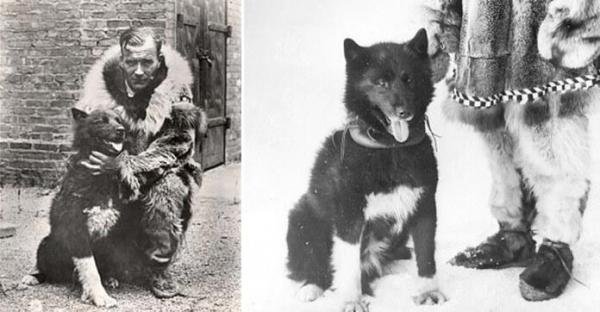
Source: Animalwised.com



